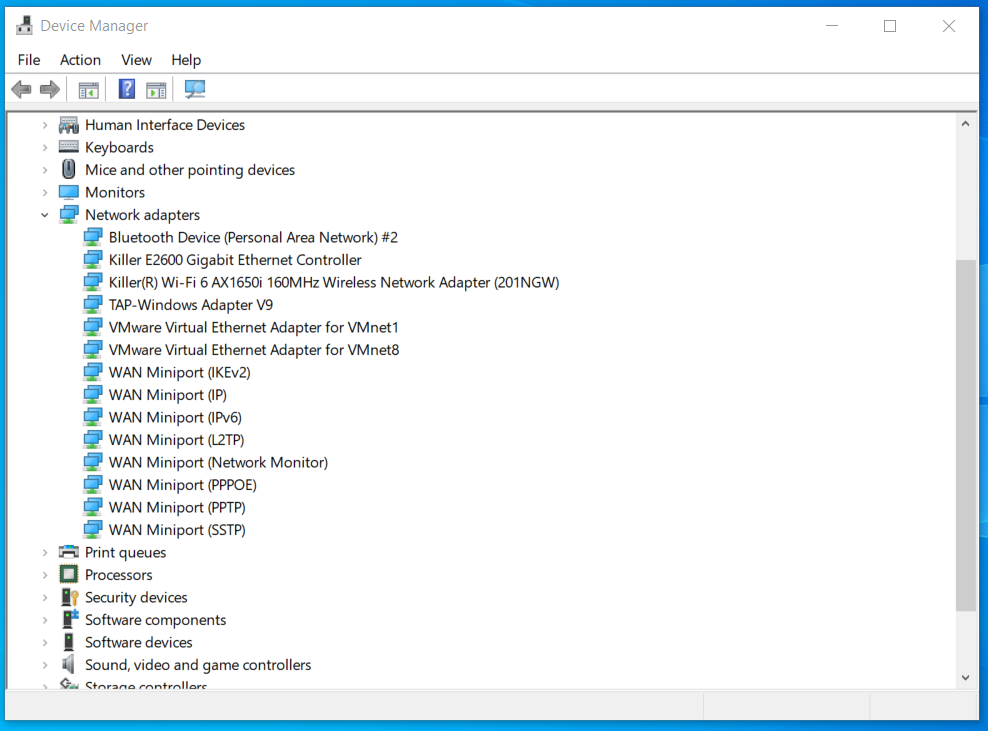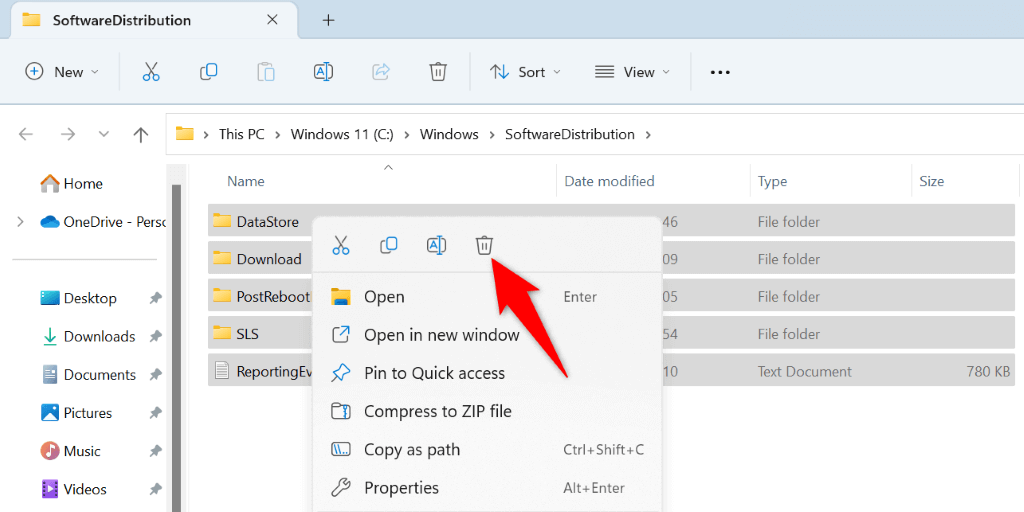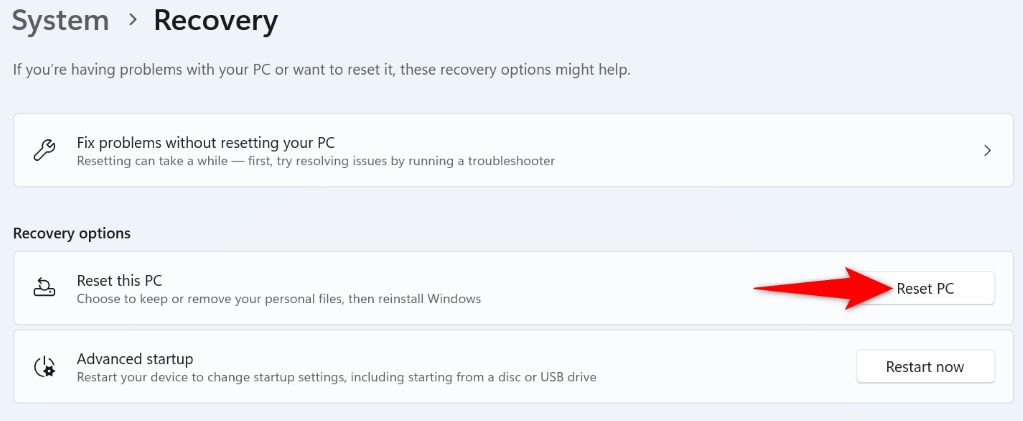How to enable Kernel-mode Hardware-enforced Stack Protection in Windows 11
How to install Safari extensions on Mac
How to Update Network Drivers in Windows 10 or 11
Method 1: Updating Network Drivers via Windows Optional Update
Here’s a step-by-step guide to utilizing Windows Optional Update:
- Open Windows Settings.

- Go to Windows Update.

- Click on Advanced options.
- Under Additional options, select Optional updates.
- Expand the Drivers updates section.
- Check the checkbox next to your network driver.
- Click on Download & install.
Method 2: Updating Network Drivers from the Manufacturer’s Website
If the Windows Optional Update method doesn’t meet your requirements, there’s another effective alternative. You can directly visit your hardware manufacturer’s official website to check for available driver updates and download them. Here’s a step-by-step guide:
- To begin, you’ll need to identify the manufacturer of your network hardware. You can usually find this information in the device manager on your computer.
- Go to the manufacturer’s website.
- Search for updates for your specific hardware.
- Download the update.
- Install the update.
Method 3: Updating Network Drivers Using Device Manager
While Windows no longer actively seeks pending driver updates, you can use Device Manager to install a previously downloaded driver from the manufacturer’s website. Here’s how to update your network driver in Windows 10/11:
- Open Device Manager.

- Locate your network adapter.
- Right-click on it and select “Update Driver”

- Click on “Browse my computer for drivers”
- Browse to the folder where you downloaded the network driver and select it.
- Click on “Open.”
- Windows will install the driver.
- Restart your computer to make sure the changes take effect.
How to enable new Outlook app UI on Windows 11
Ethernet doesn’t have a valid IP configuration
How to set up your e-mail certificate in Outlook
How to fix QuickBooks not opening after Windows 11 Update?
How to fix Runtime errors on Windows 11
How to fix an error 0x800f081f on Windows
The Windows Update troubleshooter is one life-saving tool you can use whenever you face issues updating Windows. This tool identifies the update issues on your machine and helps you fix those items. This way, you can resume your update tasks.
This tool runs on its own for the most part; it only requires a little interaction from your end.
- Launch Settings on your PC by pressing Windows + I.
- Select System in the left sidebar.
- Choose Troubleshoot on the right pane.
- Select Other troubleshooters.
- Choose Run next to Windows Update to launch the troubleshooter.
- Wait while the tool detects and fixes your update issues.
- When your update problems are resolved, head into Settings > Windows Update to update your system.
One way to resolve a Windows Update error 0x800f081f is by enabling an option in your Local Group Policy Editor. This option controls the optional component installation settings, and turning on the feature can resolve your update problem. Note that you can’t use this method on Windows 11’s Home edition, as Local Group Policy Editor is only available in the Pro and other editions.
- Open the Run dialog box by pressing Windows + R.
- Type the following in the box and press Enter:
gpedit.msc - Head to the following path in the open tool:
Computer Configuration > Administrative Templates > System - Find and double-click the entry saying Specify settings for optional component installation and component repair on the right pane.
- Choose Enabled on the window that opens.
- Select Apply followed by OK at the bottom.
- Close Local Group Policy Editor and try to download your Windows update.
Reinstall .NET Framework 3.5 on Your Windows 11 PC
If you still can’t update your PC as the error 0x800f081f keeps cropping up, your .NET Framework 3.5 installation might be faulty. Your PC uses this framework for various tasks, including running system features and installed apps. In this case, you can remove and reinstall your .NET Framework version to fix your issue. You can do this using a built-in tool on your computer.
- Open your PC’s Start menu by pressing the Windows key, find Turn Windows features on or off, and select that item in the search results.
- Uncheck the .NET Framework 3.5 (includes .NET 2.0 and 3.0) option.
- Select OK at the bottom to remove the selected framework.
- When Windows has uninstalled the framework, access the same window, enable the option you disabled above, and choose OK. This reinstalls the .NET Framework on your PC.
Clear Your Windows Update Cache
Your Windows Update cache comprises the update files your PC has downloaded. These downloaded files may be corrupt, causing your PC not to download or install newer updates. A bad update cache often causes various issues.
One way to get around that is to delete your current update cache and let Windows rebuild the cache. You don’t lose your personal files when you do this, and Windows will re-download the required update files.
- Launch Run by pressing Windows + R, type the following in the box, and press Enter:
services.msc - Right-click the service named Windows Update on the list and choose Stop. You’re stopping this service before deleting the update cache. You’ll return to this window shortly, so keep the window open.
- Open Run again, enter the following path in the box, and press Enter:
C:\Windows\SoftwareDistribution - Highlight all files in the folder by pressing Ctrl + A.
- Delete all highlighted files by right-clicking a selected file and choosing Delete (a trash can icon).
- Close the File Explorer window, return to the Services window, right-click Windows Update, and choose Start.
- Download and install your system updates in Settings > Windows Update.
Fix Windows’ Corrupted Core Files
Windows’ corrupted core files can cause many issues on your computer, including causing Windows Update not to function as expected. Your update error 0x800f081f may be the result of broken system files. In this case, use your PC’s built-in System File Checker (SFC) tool to find and fix all the faulty files. This tool runs a scan, finds all the corrupted files, and replaces those files with working ones.
- Open an elevated Command Prompt window. Do this by accessing the Start menu, finding Command Prompt, and selecting Run as administrator.
- Choose Yes in the User Account Control prompt.
- Type the following command at the CMD prompt and press Enter. This command obtains the files your PC needs to fix the corrupted files.
DISM.exe /Online /Cleanup-image /Restorehealth
- Next up, run the following command to begin finding and fixing your system’s bad files:
sfc /scannow - Restart your PC when your corrupted files are fixed.
- Update your Windows system.
Reset Your Windows 11 PC
If you get a 0x800f081f error even after manually installing the update, your system settings might be faulty. Windows lets you customize nearly all the aspects of your PC, and you or someone else may have modified specific settings incorrectly, causing your issue. In this case, bring all your Windows 11 settings to the defaults to fix your issue. You lose your custom settings and installed apps when you do this. Your files are retained, though.
- Open Settings by pressing Windows + I.
- Select System in the left sidebar.
- Choose Recovery on the right pane.
- Select Reset PC next to Reset this PC.
- Choose Keep my files so Windows doesn’t delete your files.
- Select Local reinstall and choose Next to begin resetting your PC.
- Update your system when the reset process is finished.








